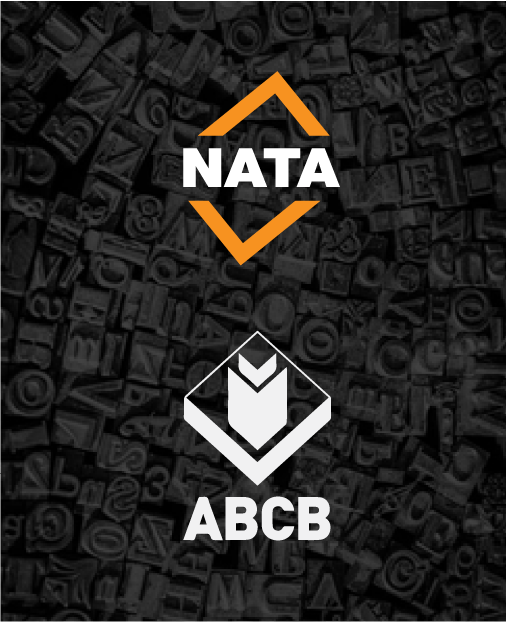The explanatory note from NATA and Advisory Notice from the ABCB provides initial advice on the forthcoming changes to the allowable content of lead in certain plumbing products. See NATA note below.
Dear NATA Authorised Representatives and Technical Assessors
Please see the Advisory Notice circulated by the Australian Building Codes Board (ABCB) regarding the decision to limit the allowable lead content in plumbing products which contain copper alloys and are intended for use in contact with drinking water.
This notice from the ABCB is to provide initial advice to WaterMark Certification Scheme stakeholders, including testing facilities, about the forthcoming limitation to the allowable content of lead in certain plumbing products.
This change will be given effect though an amendment to the 2022 edition of the National Construction Code (NCC) Volume Three – Plumbing Code of Australia, for adoption on 1 September 2025.
This notice will be published on the WaterMark website, and distributed to WMCABs, JAS-ANZ, the Plumbing Code Committee, including the state and territory plumbing regulators, and to NATA and WELS.
Note, in particular that as of 1 September 2025 any product containing a copper alloy, and intended for use in contact with drinking water, will require an endorsed test report from an accredited testing laboratory showing compliance with the testing requirements from NSF/ANSI 372. It is anticipated that testing of such products may increase leading up to the implementation date.
Any facilities with clients seeking lead testing to support certification to NSF/ANSI 372 will need to be accredited for specified US EPA methods, or validated accredited equivalents. From NSF/ANSI 372:

If Authorised Representatives wish to seek accreditation to support these changes to requirements regarding lead levels please contact your Client Coordinator.
